Background – The Lean Transformation Framework

Introduction to the Lean Transformation Framework
Watch the video below on the Lean Transformation Framework – view in full screen where possible.

Where did the LTF Come from?
The Lean Transformation Framework Development
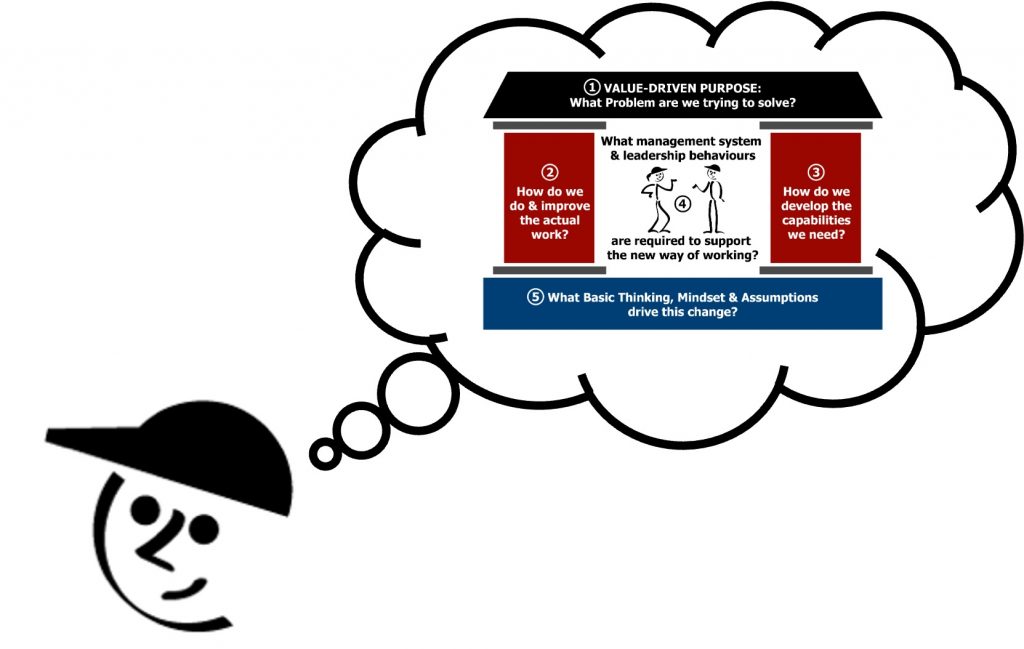
John Shook first shared the Lean Transformation Framework (LTF) in January 2014. “It articulates the critical dimensions to be addressed when applying lean thinking and practice to a situation”
However, researching the idea for the LTF began a few years prior. The research started with the question – “How can organisations and individuals be more successful in using lean thinking and practice to transform?”
There’s been a long history of looking at how to use lean thinking and practice more effectively. At times the Lean community has been guilty of focusing too much on the tools or on the social/people side of change. It needs to be a balance based upon your situation.
Initially the research focused on the process and people elements (the pillars of the house). The purpose/problem to solve element (the roof) was then introduced shortly after. John incorporated element 4 – the management system and leadership behaviours and 5 – the basic thinking element in the early 2010’s.
By 2012 there were several organisations actively experimenting with the framework, recognising that success requires balancing each of these 5 dimensions.
Explaining the Lean Transformation Framework
To explain Lean Transformation Framework we’ve borrowed the house metaphor from Toyota. The house comprises foundations, two pillars and a roof. Of course many people are aware of Toyota’s Production System House – and many organisations have tried to emulate or build their own versions – often by copying the elements.
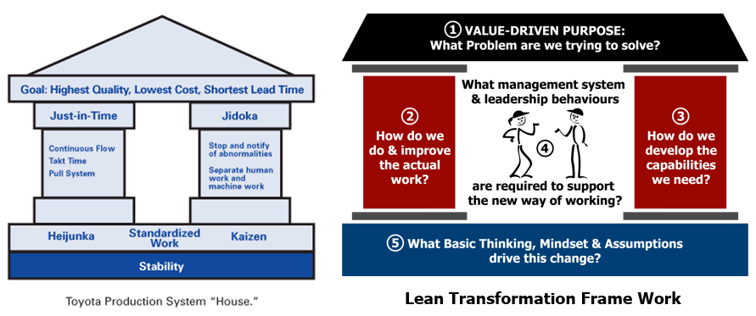
However the Lean Transformation Framework is very different in it’s intent. Instead of listing the tools and techniques used or even the principles of standardised work, jidoka and just in time for example we are seeking a way to communicate the questions one needs to think about when embarking on a Lean Transformation.

Use the LTF to Avoid Lean Transformation Failures!
One of the things we are trying to do with the LTF is be conscious of the potential failure modes of applying Lean Thinking & Practice so we can avoid them.
There are lots of potential failure modes, but here are seven which we see more frequently.
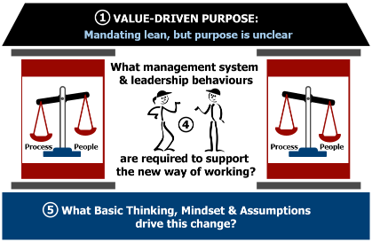
Firstly – saying we need to do lean, but not being clear on the purpose for doing so.
Secondly – focusing on the technical and ignoring the social, or focusing on the social and ignoring the technical.
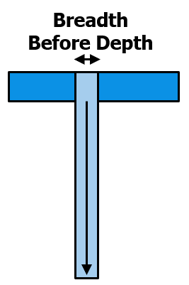
Third – Going broad before going deep – the inch, deep, mile wide view vs the inch wide mile deep view.
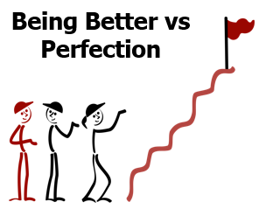
Fourth – Letting perfection be the enemy of better or settling for better instead of striving for perfection.
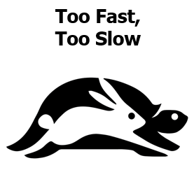
Fifth – Trying to go too fast – Outstripping ability to develop capability vs going too slow and losing the sense of urgency and excitement.
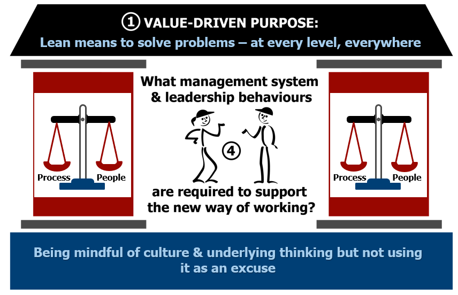
Sixth – Not being mindful of “culture” or underlying thinking or being overly cautious of “culture”, so it becomes an excuse.
Seventh – Losing sight that “lean” is a means to solve problems – At every level (fractal), in every activity.

Key Learning Points: 5 Dimensions – 5 Questions
Lean Transformation Framework – Critical Dimensions
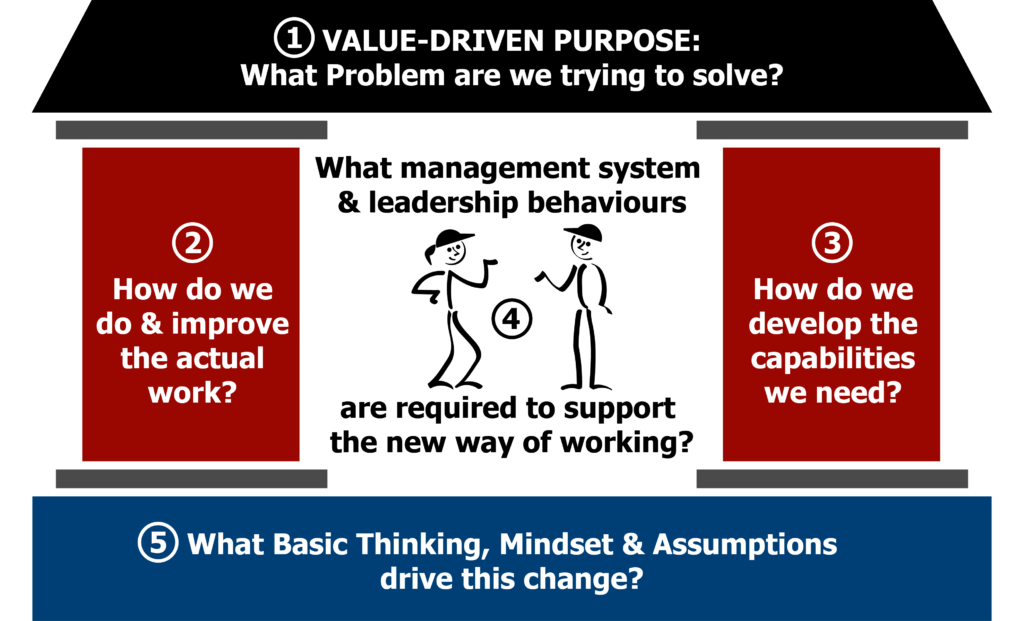
The Lean Transformation Framework contends that the successful implementation of lean thinking and practice requires change on 5 dimensions.
Lean thinking has a point of view on each of those 5 Dimensions, which can be developed through asking 5 questions.

Question 1 asks: What Problem are we trying to solve? In relation to achieving your value driven purpose
Lean always starts with the customer, asking what value do we need to provide. This depends on the purpose of your organisation
The question “what problem are we trying to solve?” is fractal, like a snowflake i.e. it looks the same whatever level of magnification you choose. It applies equally therefore, to a whole organisation, a team or an individual.
- Does your organisation have a clear purpose?
- Do individuals have clear line of sight to it and understand their Contribution to that purpose and what problems they should be tackling to meet that purpose?

Question 2 asks: How do we do & improve the actual work?
What changes in the work need to be made to solve the problem? This is also fractal – from an individuals work, a teams, to a value stream or enterprise value stream level.
- Have you understood and captured what the actual current state of the work is today?
- Have you analysed the current state of work for waste and problems?
- Have you defined what your future state needs to be and what steps and experiments are needed to close the gaps between current and the future condition of the work?
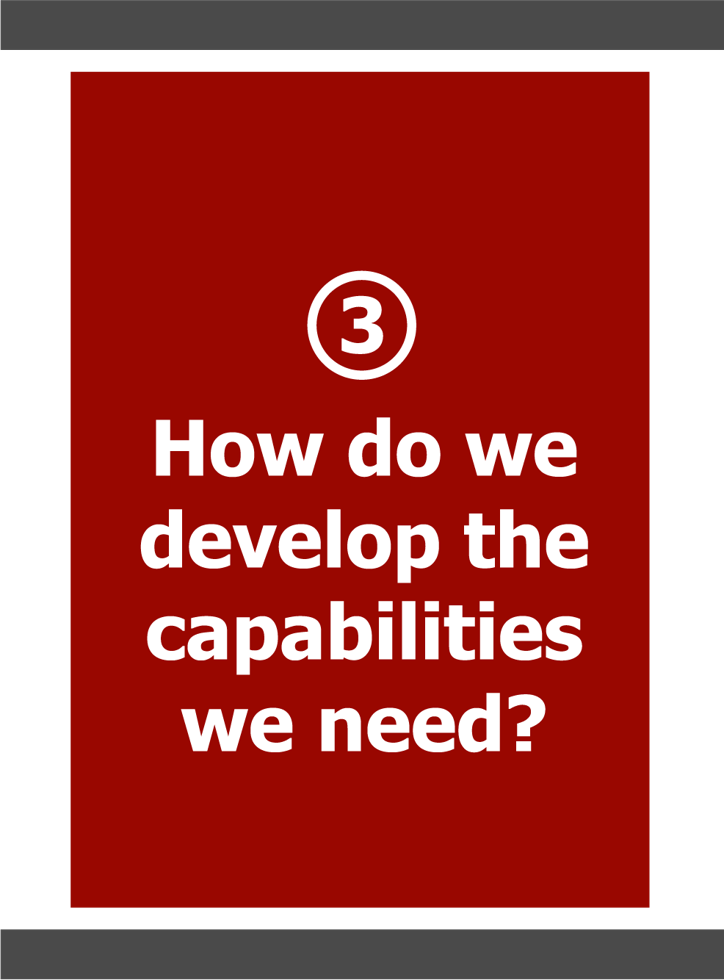
Questions 3 asks: How do we develop the capabilities we need?
Having defined the work to be done, we now ask what capabilities do we need to do and improve the work to provide the value.
Capability development is needed on at least two dimensions: Capability to do the work and capability to improve the work.
- Do you have the necessary capabilities? and have you defined them?
- What is your approach to capability building both at the individual and organisational level?
- How are you developing people at the same time as improving the work?
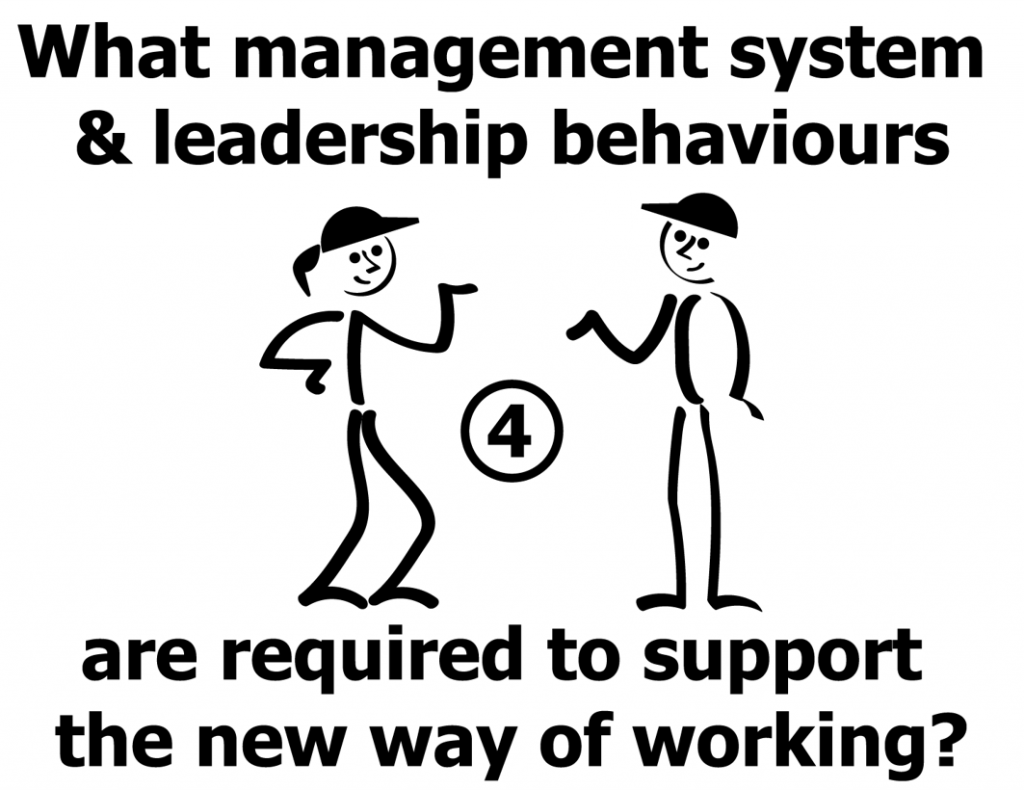
Question 4 asks: What management system & leadership behaviours are required to support the new way of working?
The design of the management system activities and the behaviours needed is key ensuring stability and making changes in the work by following the principle of Plan Do Check Act at every level.
They are also intrinsic to leaders supporting people in sustaining progress and making further improvement.
- Have you designed a Performance Management System to ensure daily work is checked, maintained and problem solved back to standard?
- Have you designed an Improvement Management System to visualise, organise and prioritise activities to achieve your long term goals & objectives?
- Do your leaders exhibit the desired behaviors to develop capability to do the work to solve the problems to achieve the value driven purpose?

Question 5 asks: What Basic Thinking, Mindset & Assumptions drive this change?
The final question challenges our basic thinking or assumptions about how we do things and conduct ourselves.
What is the GAP on where you are today versus where you want to be?
- Do you understand the current basic thinking (mindsets, assumptions, as well as values) and grasp its impact on the organisation and its culture?
- What are you going to do to change the basic thinking (and culture) in the desired direction?

With Lean Thinking “It is easier to act your way into a new way off thinking, than think your way into a new way of acting.” The more you progress with applying lean thinking and practice using the 5 questions, the more your culture will change as a result.
Now move on to the next Topic – Purpose